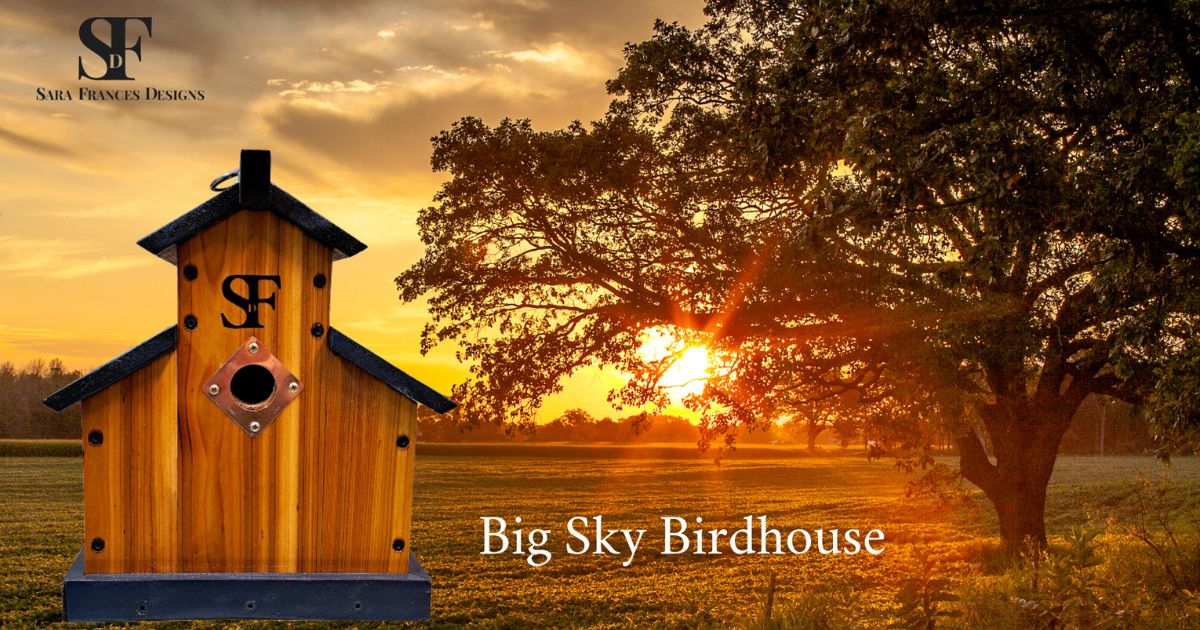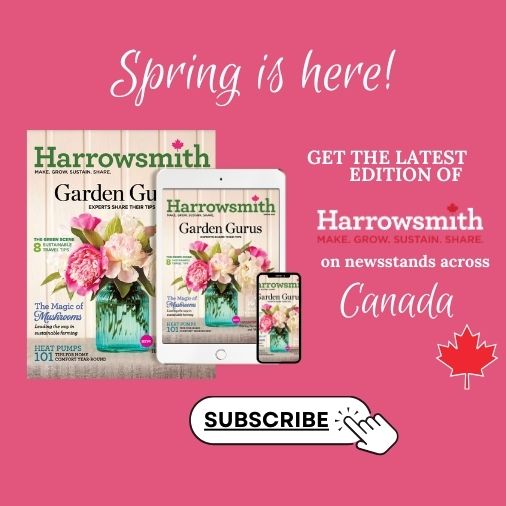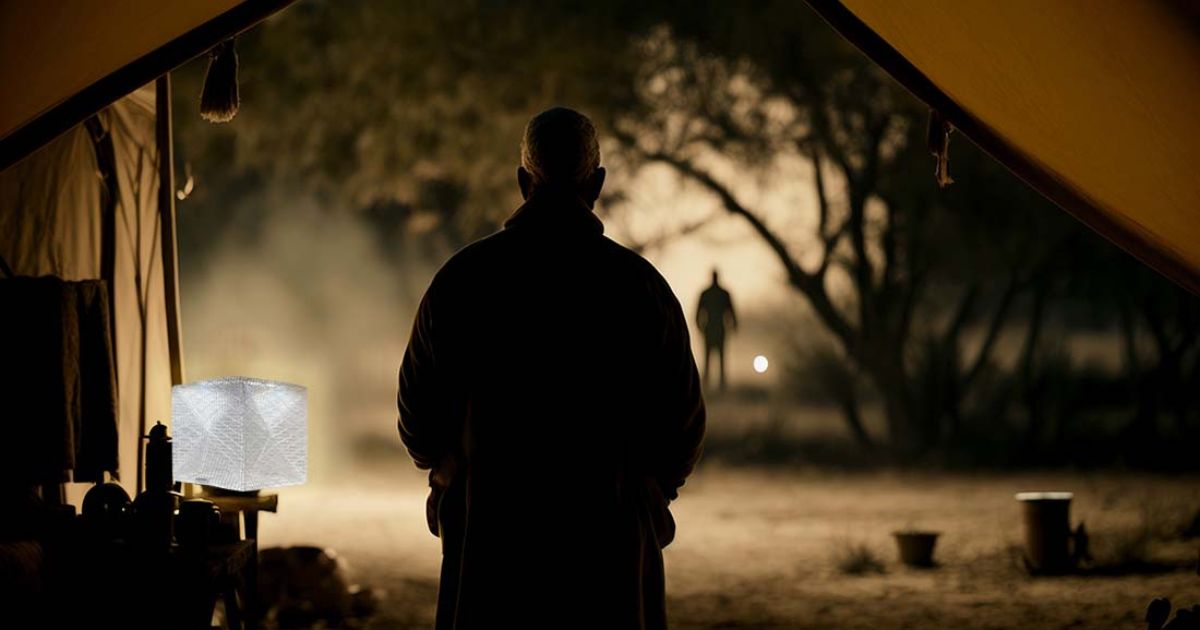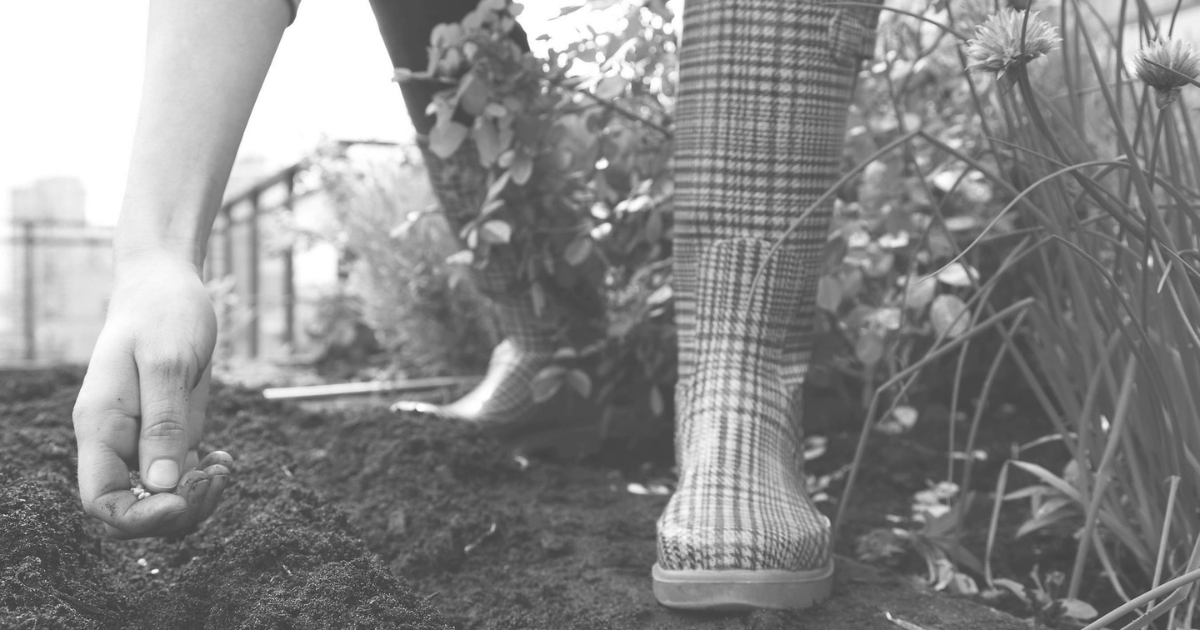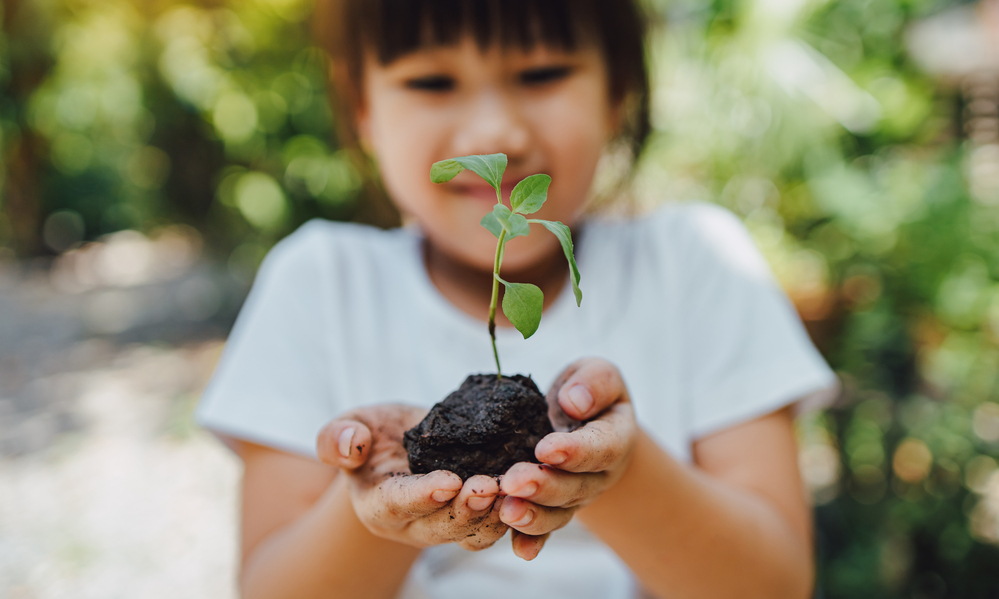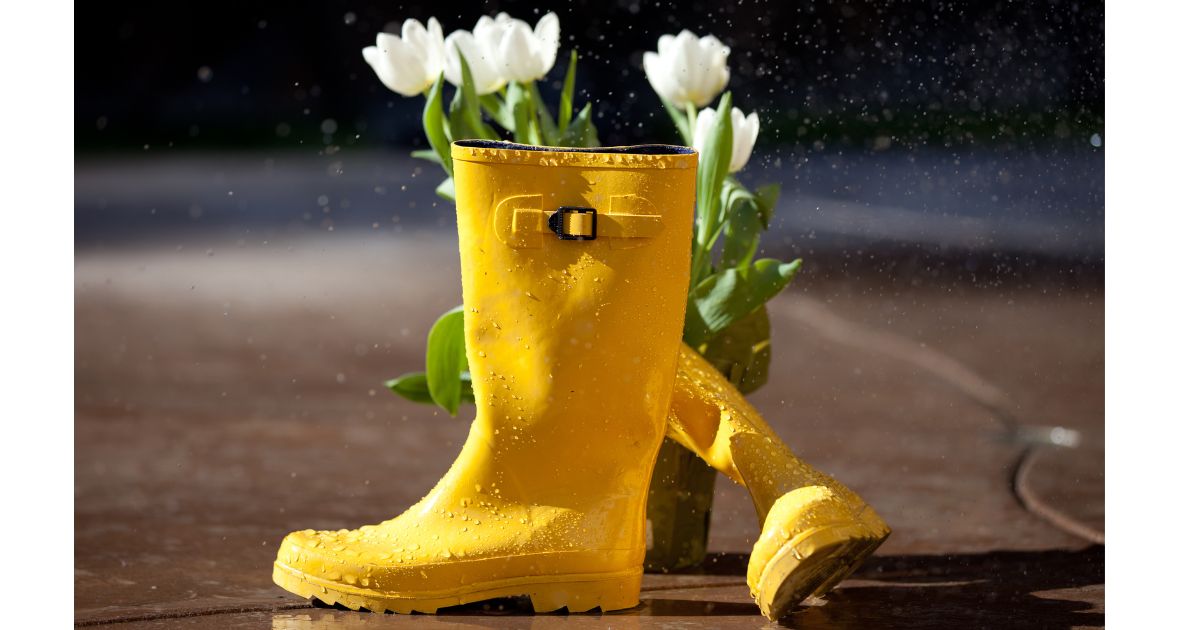To me, winter is a paradox—a time for reflection and quiet contemplation, juxtaposed with the internal strength and fortitude needed to carry on. For spring is near, and with it, the potential for a wonderful new year. And for our feathered friends who stay with us throughout the winter, this sentiment couldn’t be more true. It’s during these cold months, when food and water are scarce and an increased energy output is required to keep from freezing, that our songbirds need us most. Through a few simple acts of kindness, we can help them not just survive, but thrive.
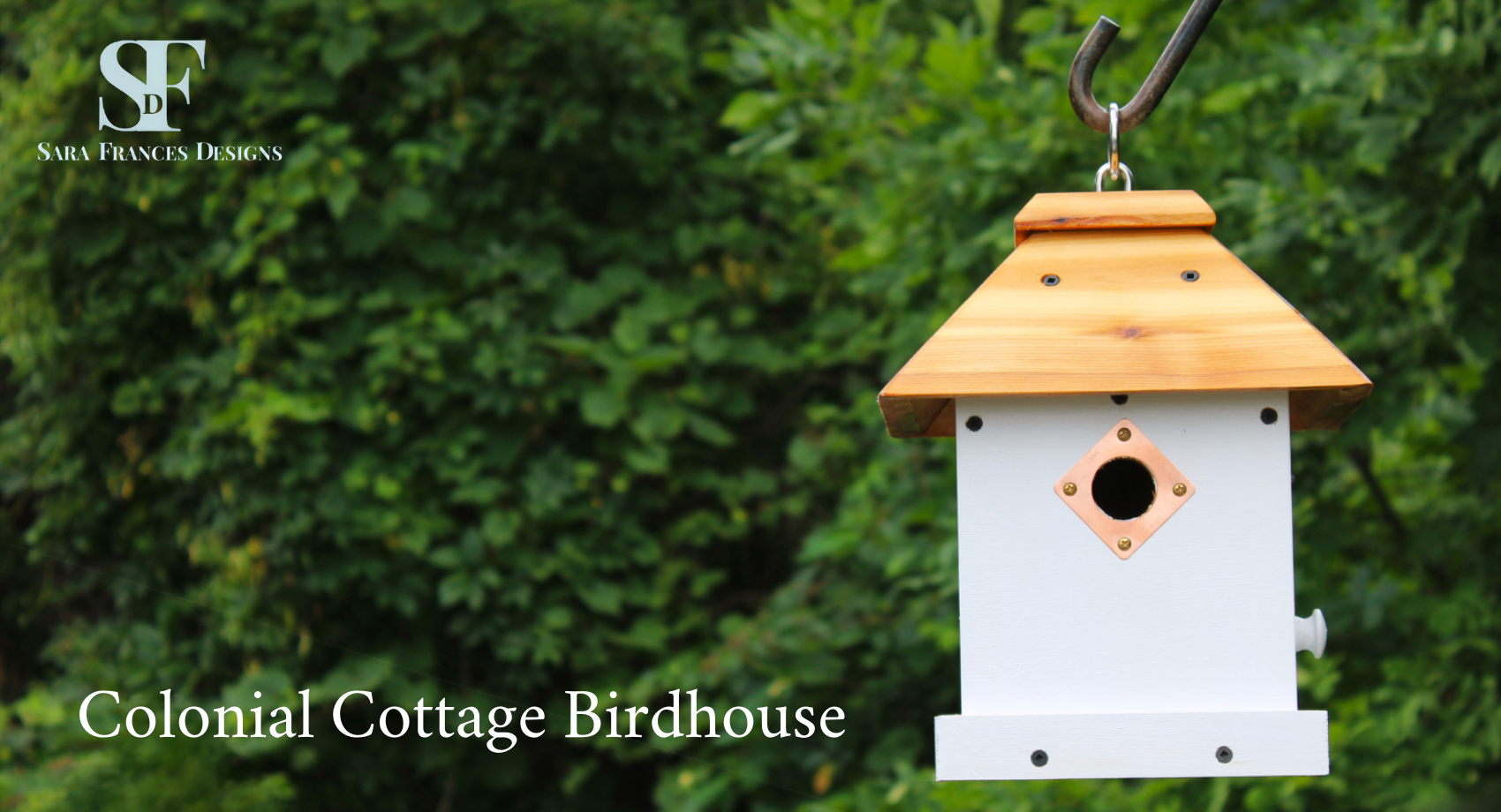
One of the simplest ways to help is by regularly providing food. During winter, a bird’s diet changes drastically. The insects and fruits that were plentiful in the spring and summer are all but absent between December and April. This is when songbirds need to build up a fat layer—an energy reserve to call upon when needed. By offering high-calorie foods such as black oil sunflower seeds, peanuts, and suet, birds will be able to sustain themselves and maintain that fat reserve needed for those exceptionally cold days and nights we’re sure to get.
Providing water is also a welcome gesture. While birds can eat snow to stay hydrated, the energy expended during this process is considerable. If you can provide water, they’ll benefit greatly. Just be mindful that the water can freeze overnight and will need to be replenished. For those feeling a little fancy, you can invest in a heated bird bath—yes, they actually exist. It might not be quite the thermal hot springs experience enjoyed by Icelanders, but it will keep the water from freezing and provide much-needed hydration.
Having native plants around your home and yard can also help songbirds thrive during the winter. Plants such as winterberry holly maintain fruit throughout much of the season, providing a natural food source for the birds. Similarly, pinecones are packed with nutrients that hungry birds can snack on. Native plants and trees, especially evergreens, also act as windbreaks, shelters, and protection from predators.
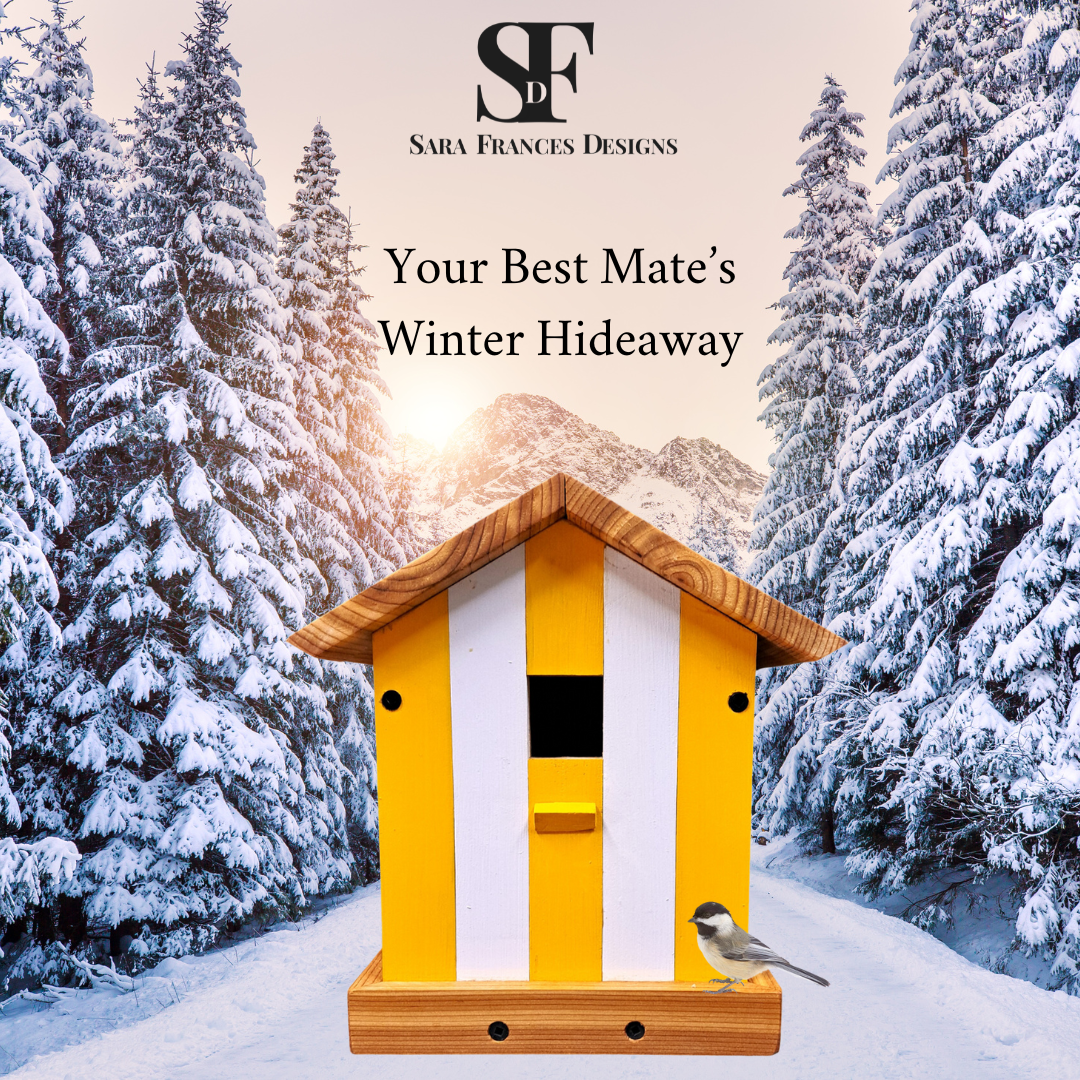
Lastly, I’d be remiss if I didn’t mention the value of installing a birdhouse—or three. A birdhouse provides crucial shelter for cavity-nesting winter birds, such as chickadees, downy woodpeckers, wrens, and nuthatches. These birds are attracted to houses with a 3.175 cm (1¼”) entry hole and an internal nesting box size between 11.5 to 16.5 cm square, and 13 to 23 cm tall.
It’s often the simple things in life that bring us the most joy. By offering a little love and support, we can tip the scales in favour of our native songbirds’ survival during winter. And for us, spending a few minutes watching the birds gather can put a smile on your face and warmth in your heart, knowing that your efforts are appreciated and are truly making a difference.
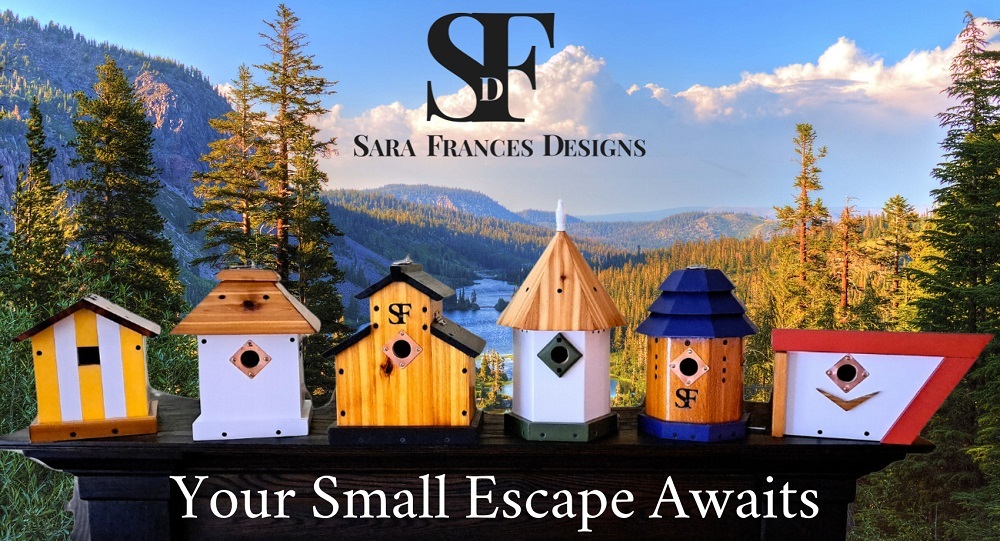

Founder of Sara Frances Designs and resident birding expert Scott Holland shares his experiences and insights on birding and bird related topics. A craftsman woodworker at heart, Scott’s birdhouses are more than just functional structures; they are works of art that showcase his skill as a woodworker and his deep appreciation for nature. His writings explore interesting topics around birding, nature conservation, and the importance of preserving our natural habitats.
Visit his website at www.sarafrancesdesigns.com or follow him on Instagram at www.instagram.com/sarafrancesdesigns
Sara Frances Designs is a small, boutique woodworking and design company, focused on producing high quality handmade products using 100% sustainable western red cedar. We create and develop custom-made and unique birdhouses and pet decor that evoke a refined and unhurried attitude through authenticity and timeless styles. Sara Frances Designs products are quality built to provide our animal friends with elegance and practicality. Our line of bird houses blend the right mix of sophistication and refinement to provide a look that is equally stylish in the garden or inside the home as a conversation piece in a sunroom or on a mantel.
At Sara Frances Designs we believe that our animal friends deserve the best too! sarafrancesdesigns.com

